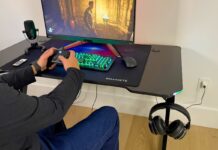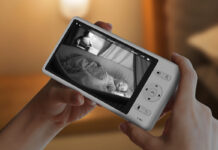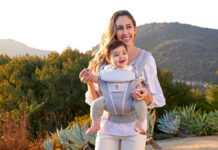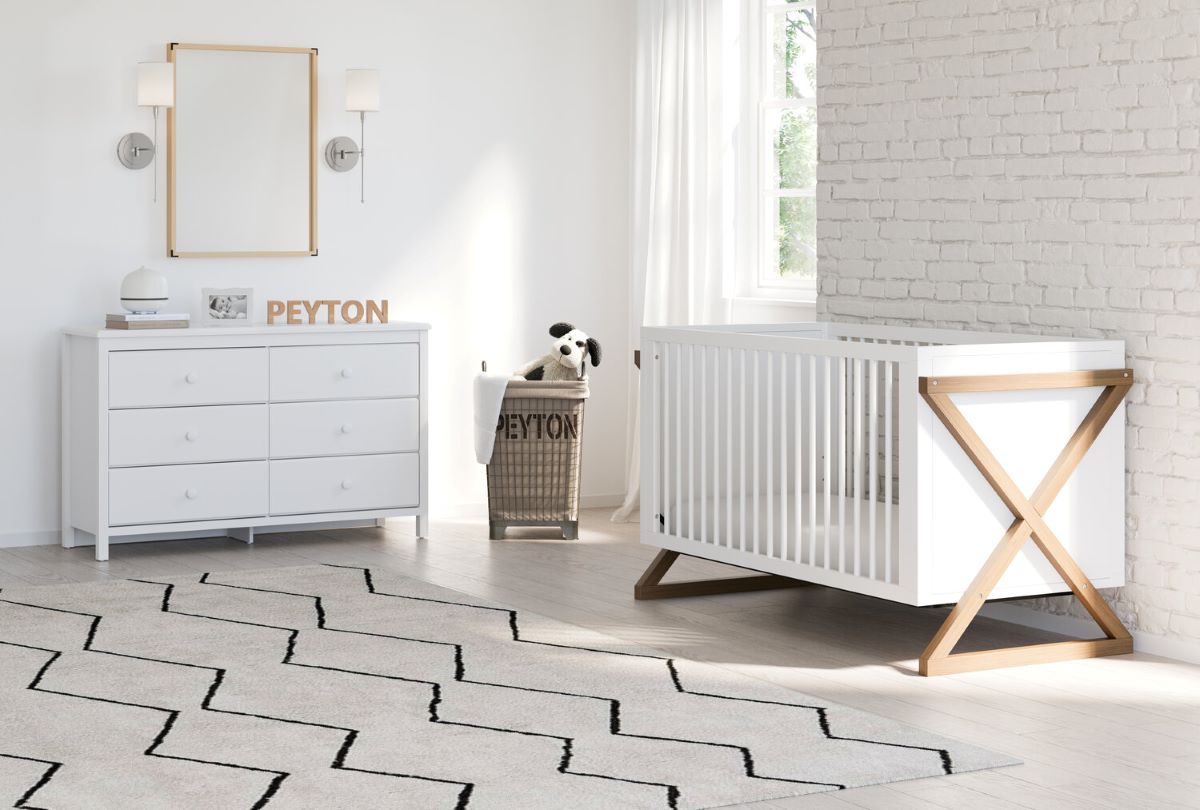 There’s a lot to think about and prepare when you’re awaiting the arrival of your new baby. During the newborn stage there’s the set up of the nursery with furnishings and making sure you have all the basic gear and accessories like clothing, diapers, a car seat and stroller. As you move from the newborn stage, you’ll need to do some baby-proofing of your home. Today I’m talking about why and how you should baby-proof your dressers and bookshelves. Many toddlers are curious and love to climb, and you can remove the worry of one of your home dressers or bookshelves tipping over with a few easy steps.
There’s a lot to think about and prepare when you’re awaiting the arrival of your new baby. During the newborn stage there’s the set up of the nursery with furnishings and making sure you have all the basic gear and accessories like clothing, diapers, a car seat and stroller. As you move from the newborn stage, you’ll need to do some baby-proofing of your home. Today I’m talking about why and how you should baby-proof your dressers and bookshelves. Many toddlers are curious and love to climb, and you can remove the worry of one of your home dressers or bookshelves tipping over with a few easy steps.
Why do I need to baby-proof dressers and bookshelves?
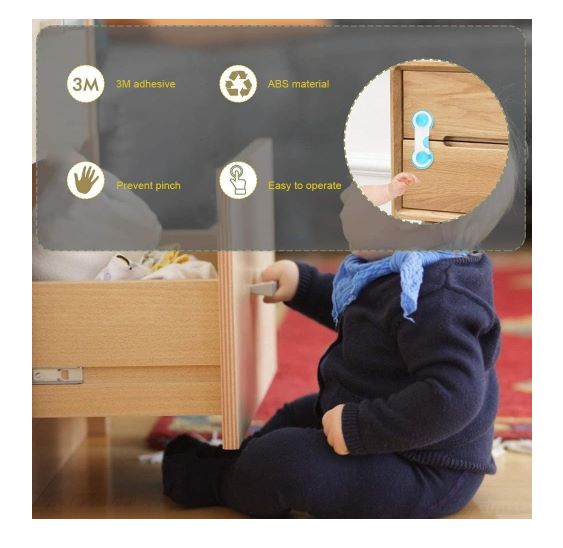 When I think of dressers and bookshelves, I generally think of a sturdy piece of furniture and imagine it wouldn’t topple forward so easily. This may well be the case in a typical scenario, but if you have a little one who loves to climb, bookshelves and dressers can be quite dangerous. Because they are typically large, heavy pieces of furniture, they can potentially cause serious injury to anyone if they were to fall, especially a child.
When I think of dressers and bookshelves, I generally think of a sturdy piece of furniture and imagine it wouldn’t topple forward so easily. This may well be the case in a typical scenario, but if you have a little one who loves to climb, bookshelves and dressers can be quite dangerous. Because they are typically large, heavy pieces of furniture, they can potentially cause serious injury to anyone if they were to fall, especially a child.
I have two sons and my second was definitely the climber. It added a whole other worry to parenting as I couldn’t let him out of my sight for even a split second. Anchoring our heavy furniture pieces to the wall helped eliminate some worry. I also wanted my home to be safe for when friends and family visited with their little ones. Anchoring your furniture takes a little time but is easy enough to do even if you’re not especially handy with a drill or screwdriver.
With a dresser, not only can drawers be opened and used as climbing steps to get to the top, but there’s also the drawers opening and closing that could pinch or break a finger. I’ve even shut my finger in my dresser drawer as an adult. Toddlers and children are often expert climbers and they’ll even use the drawer pulls or knobs to scale furniture like a rock climber.
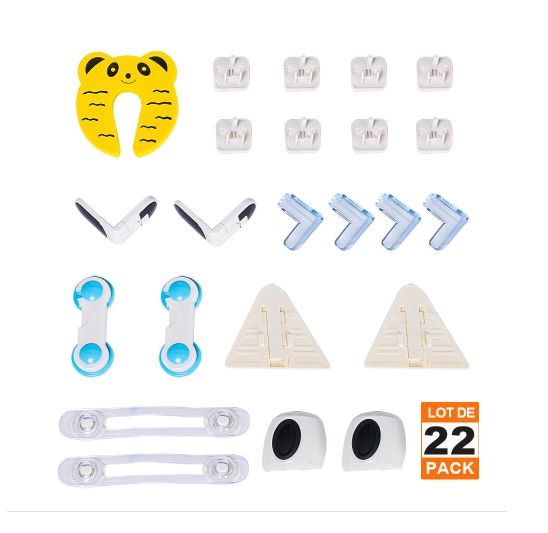 Babies who are transitioning from crawling to walking will grab onto anything within reach to pull themselves up to their knees or standing. Because they don’t know yet what’s solid or wobbly, this can be scary. Bookshelves have a variety of shelves at different heights to grab onto, they’re also the perfect ladder in the eyes of little ones. It’s the extra weight on one side that causes the furniture to tip but with a little time and elbow grease, you can prevent this. Here are some tips.
Babies who are transitioning from crawling to walking will grab onto anything within reach to pull themselves up to their knees or standing. Because they don’t know yet what’s solid or wobbly, this can be scary. Bookshelves have a variety of shelves at different heights to grab onto, they’re also the perfect ladder in the eyes of little ones. It’s the extra weight on one side that causes the furniture to tip but with a little time and elbow grease, you can prevent this. Here are some tips.
Dresser safety
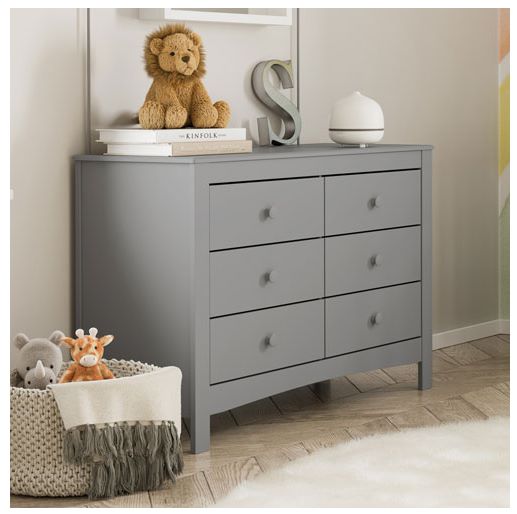 Dressers become quite heavy once you have the drawers filled with clothes and other items and therefore it’s important to anchor them to the wall. Once you’ve anchored the dresser to the wall, you’ll also want to baby-proof the drawers as well, and this is where you have a few options. Not only can children climb them and then stand precariously on top, but the drawers may slide out onto them or open, knocking them to the floor. While some furniture locks are placed visible on the outside of the drawers and may not be aesthetically pleasing to the eye, there are some locks that are hidden inside the drawers if you prefer. Here are a few options to look into:
Dressers become quite heavy once you have the drawers filled with clothes and other items and therefore it’s important to anchor them to the wall. Once you’ve anchored the dresser to the wall, you’ll also want to baby-proof the drawers as well, and this is where you have a few options. Not only can children climb them and then stand precariously on top, but the drawers may slide out onto them or open, knocking them to the floor. While some furniture locks are placed visible on the outside of the drawers and may not be aesthetically pleasing to the eye, there are some locks that are hidden inside the drawers if you prefer. Here are a few options to look into:
- Tension rods that go through handles
- Adjustable plastic locks for outside the drawers
- Latch locks for inside the drawers
- Magnetic locks with a required “key” to open
With the many options available you’ll easily find the right one to suit your needs and give you peace of mind when your baby or toddler is on the move.
Bookshelf safety
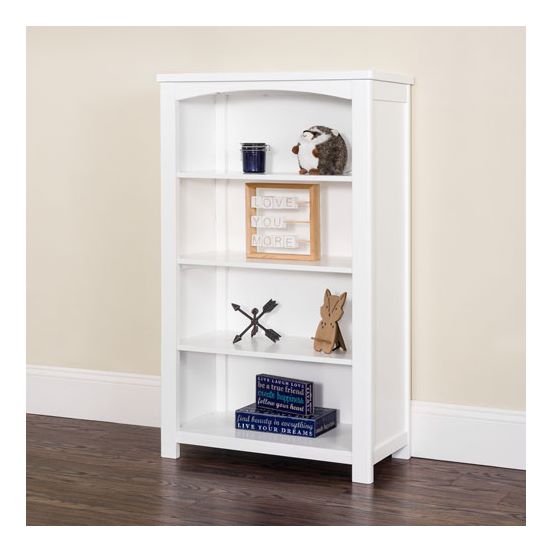 It doesn’t matter if you have a lower wide bookshelf or a tall narrow one, they all need to be anchored to the wall. These days, many pieces of furniture have anchors included. If not, you can pick up a wall anchor or anti-tip wall strap or bracket from your local hardware store.
It doesn’t matter if you have a lower wide bookshelf or a tall narrow one, they all need to be anchored to the wall. These days, many pieces of furniture have anchors included. If not, you can pick up a wall anchor or anti-tip wall strap or bracket from your local hardware store.
Once you’ve installed the anchor, the next step is baby-proofing the shelves. If your child has their own little bookshelf in their room filled with their favourite board books or toys, it may be confusing for them when they aren’t allowed to touch bookshelves elsewhere in the house. Make sure to put smaller items or items that could be a choking hazard higher up and out of reach. I’d also place any special items such as family heirlooms out of reach, too, or store them away somewhere safe. Heavier and larger items should be placed on the bottom so long as they can’t be pulled out and cause injury.
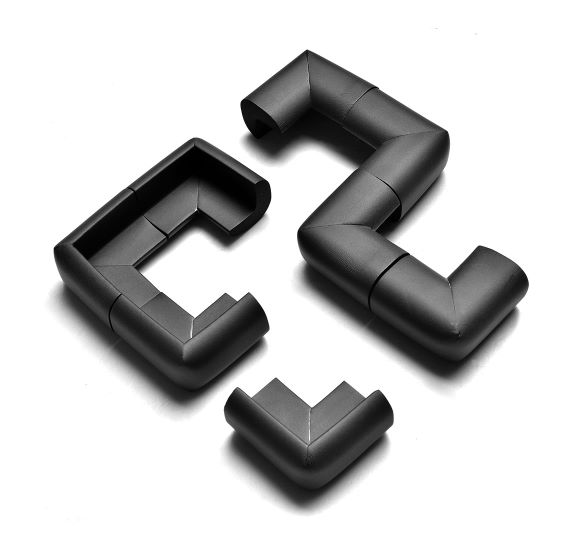 Last, you can also use corner or edge bumpers if needed. They aren’t necessarily pleasing to the eye but are worth it if you have an especially rambunctious little one. In our last home, my second son was at perfect head height for our kitchen island. Being my energetic one, he would often run through the living and dining room and around the island like it was a race track. It took a couple of good bonks before we put on some corner bumpers, but it saved a lot of future injuries and worry.
Last, you can also use corner or edge bumpers if needed. They aren’t necessarily pleasing to the eye but are worth it if you have an especially rambunctious little one. In our last home, my second son was at perfect head height for our kitchen island. Being my energetic one, he would often run through the living and dining room and around the island like it was a race track. It took a couple of good bonks before we put on some corner bumpers, but it saved a lot of future injuries and worry.
Drawer and door locks or latches are used regularly, so you’ll easily spot if one is broken or not working correctly, but you’ll want to regularly check on your furniture anchors. Over time, they may start to loosen from the wall or furniture, especially if your toddler or child has been using them to pull themselves up or climb like a jungle gym.
Another great tip I remember being given when my boys were little is to get down to their level. That’s right, crawling around the floor gives you a whole new perspective and you’ll quickly spot any additional hidden dangers.
Keep your baby safe
I always say, the worry and stress never go away, it just changes as our children grow up. But creating a safe home for your family will alleviate some worry and stress as you grow through the baby and toddler years.
You can find a variety of dressers, bookcases, and baby-proofing gear at Best Buy online.


